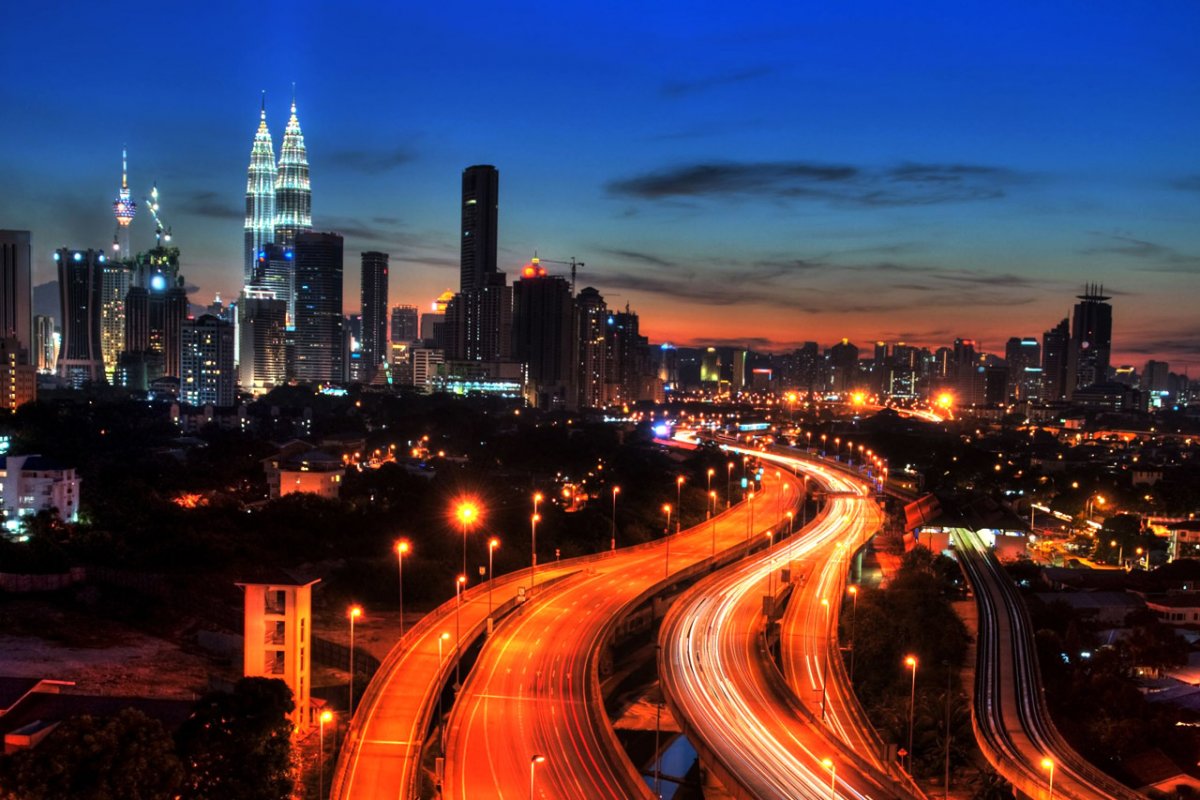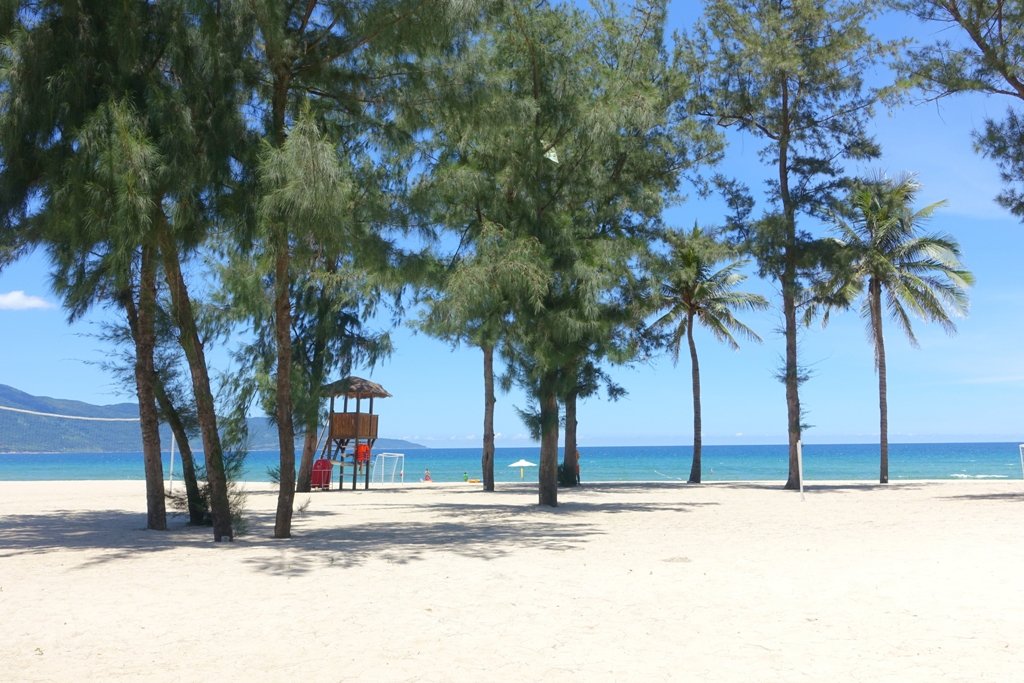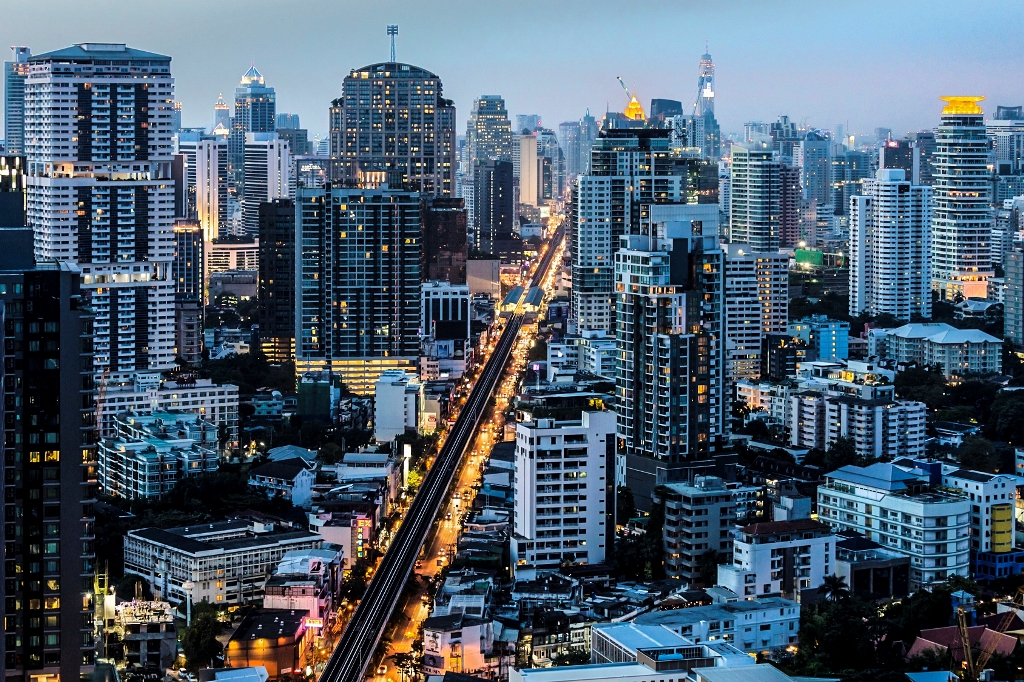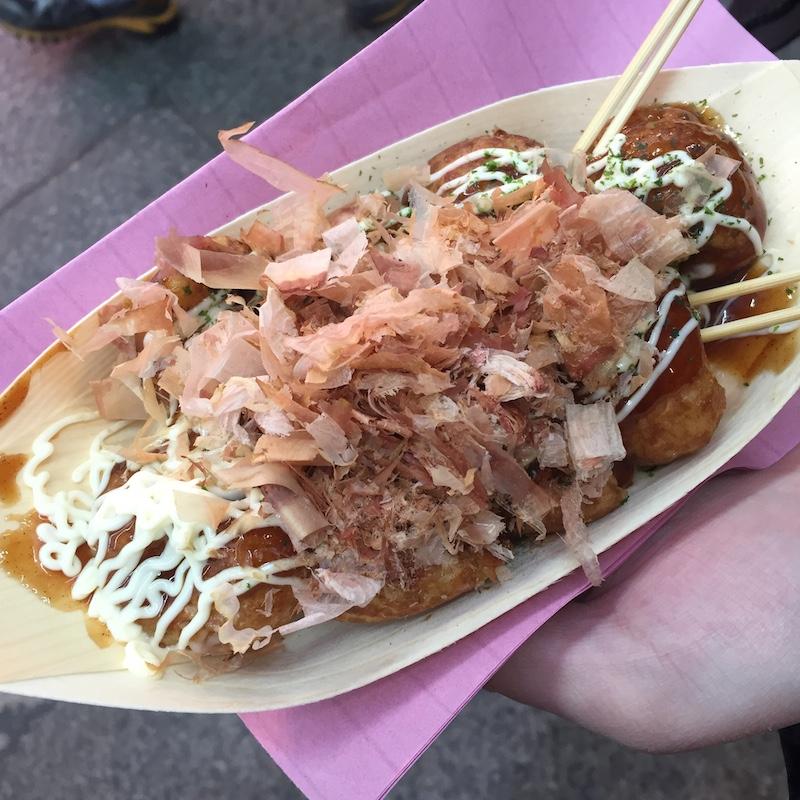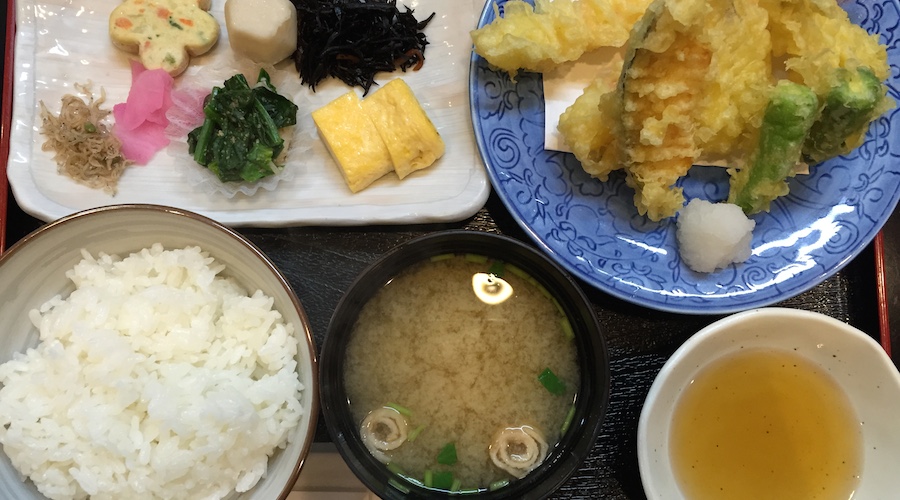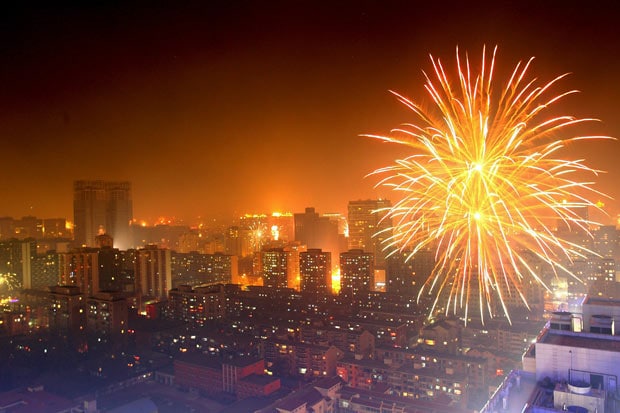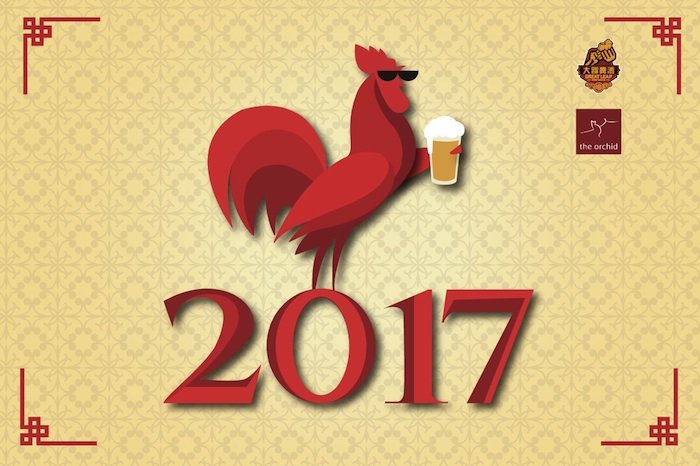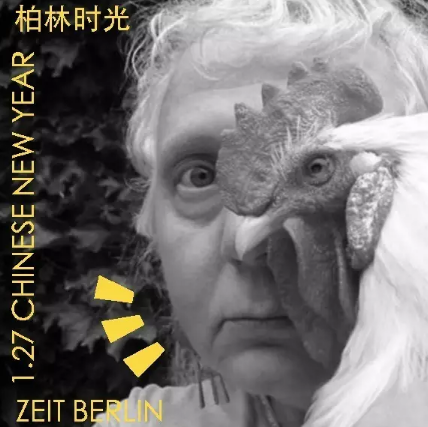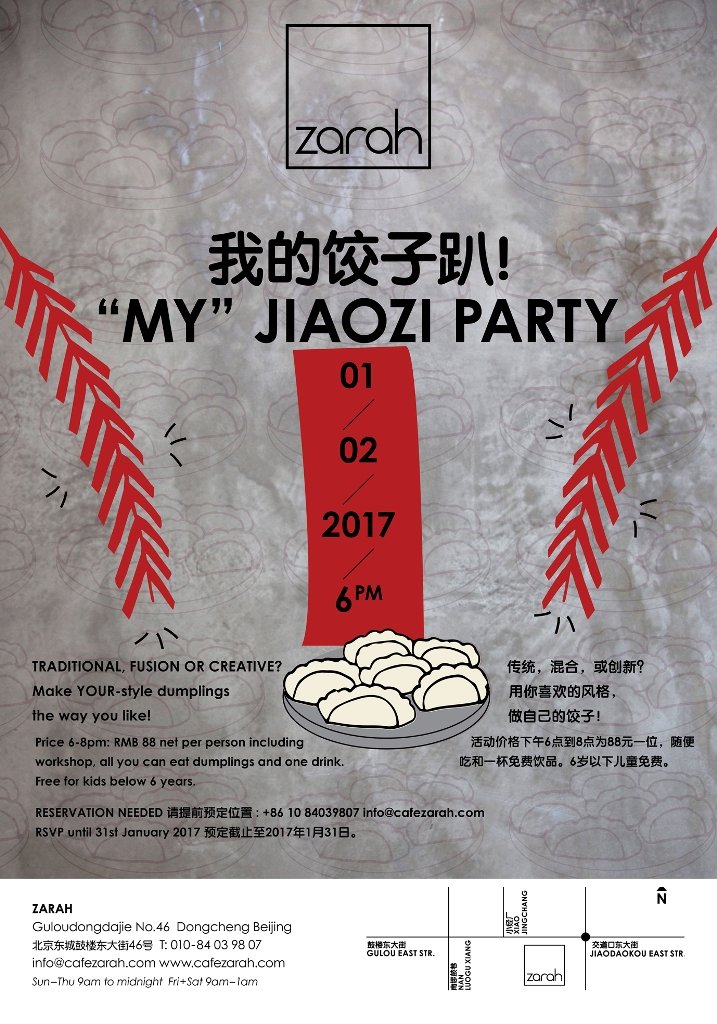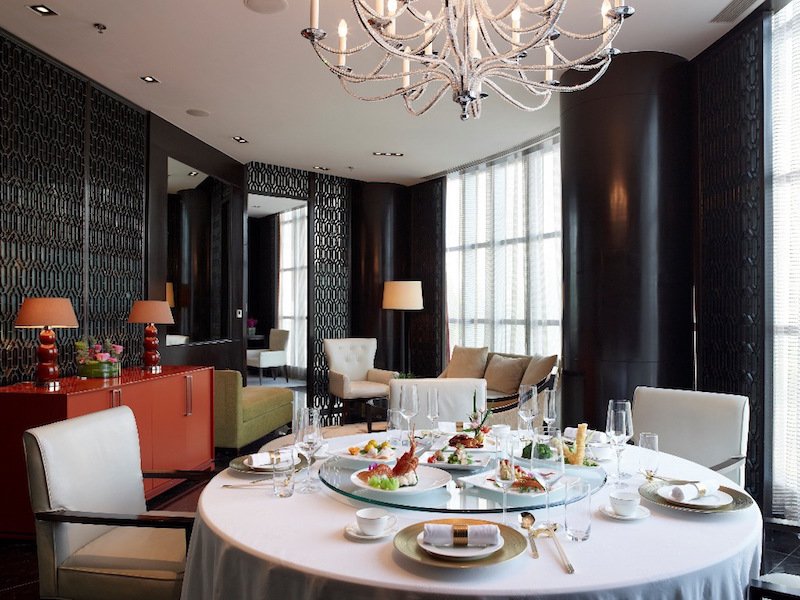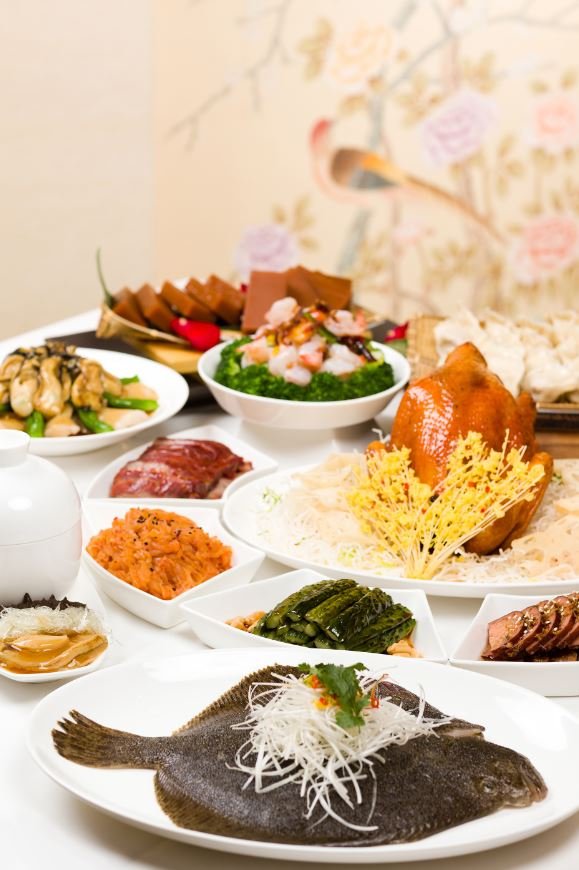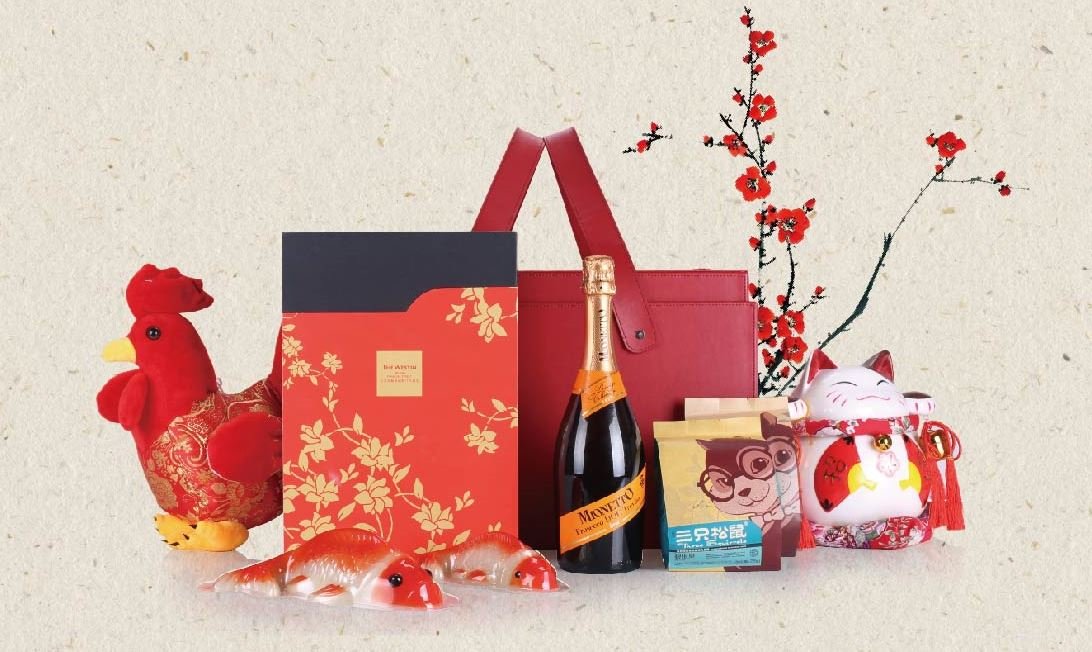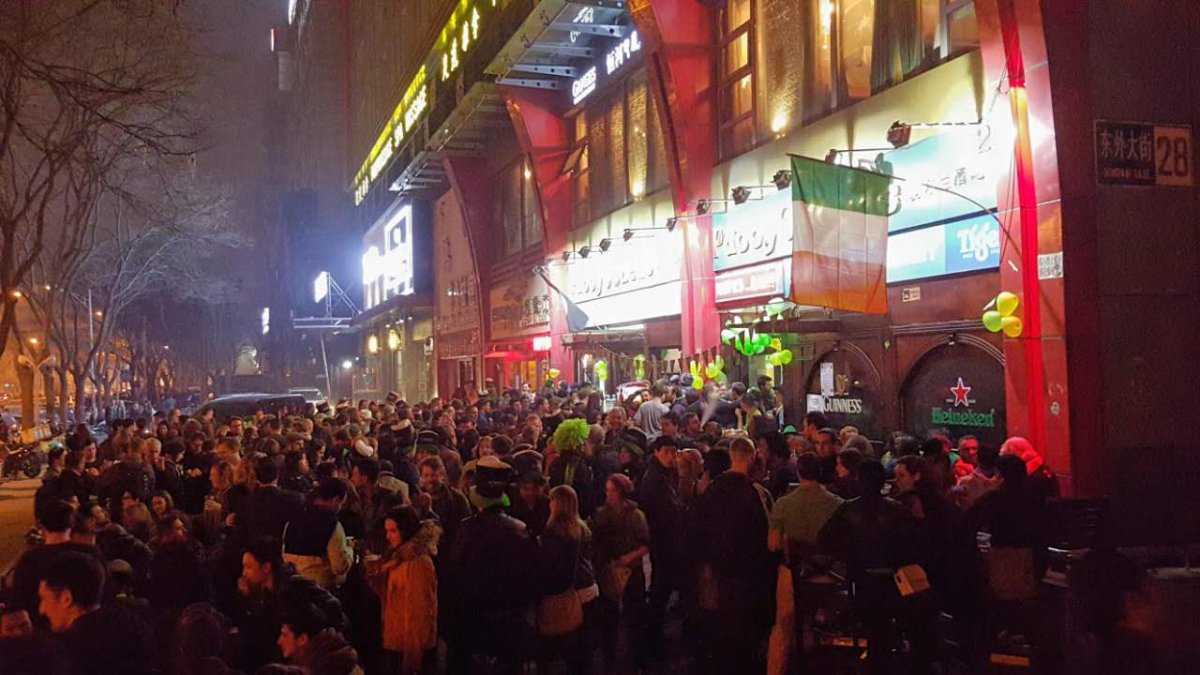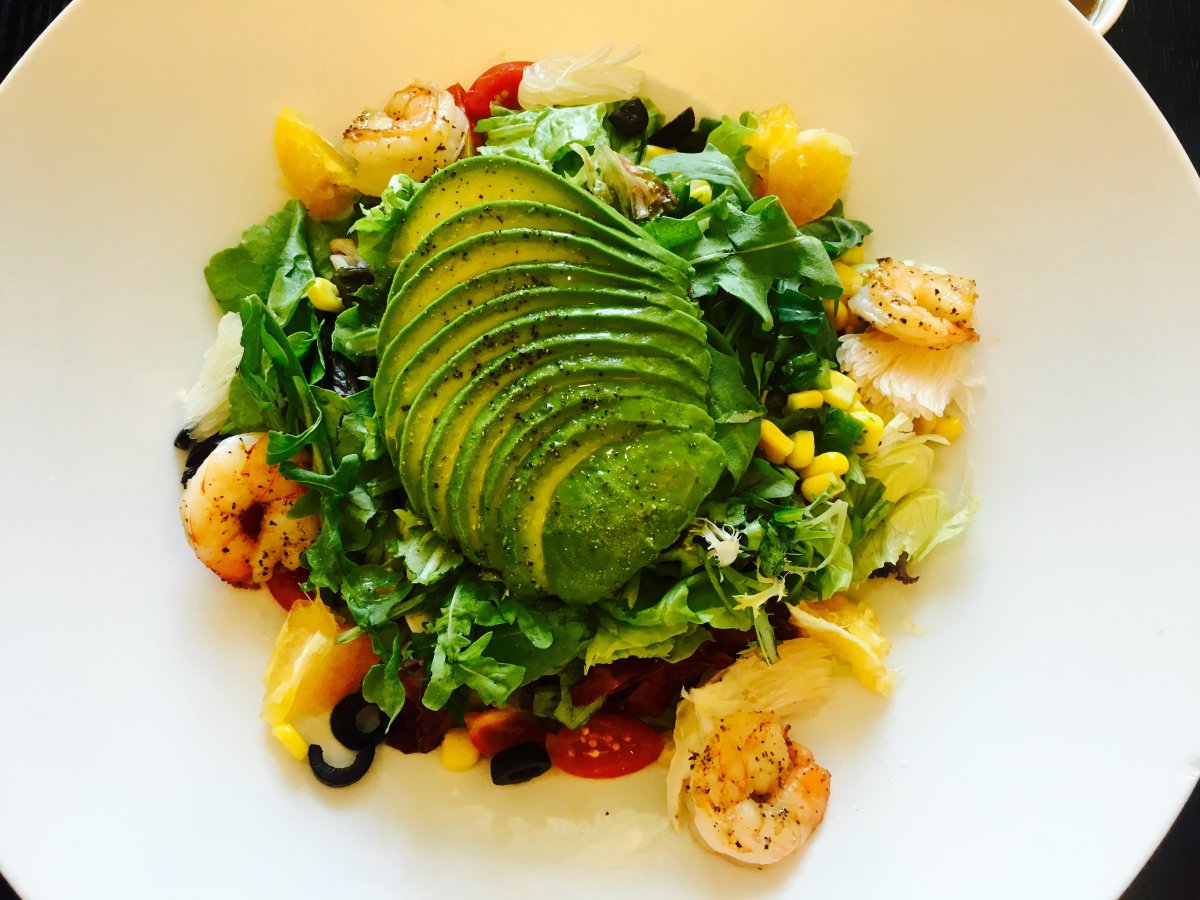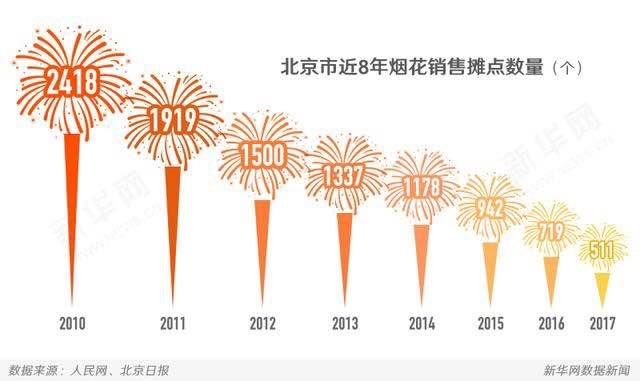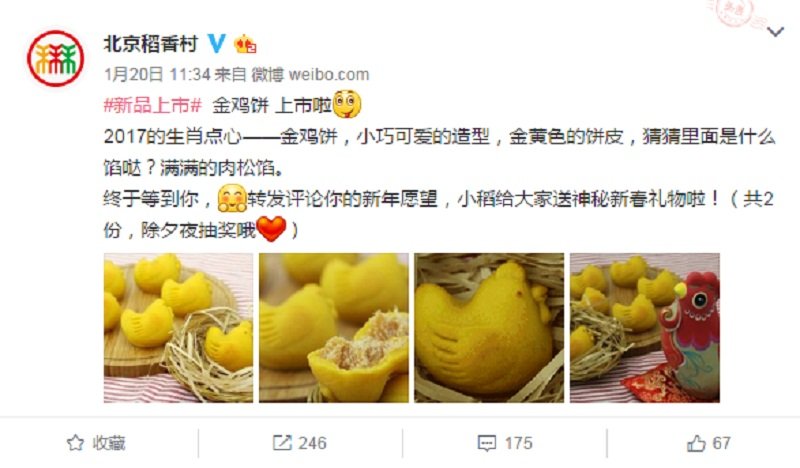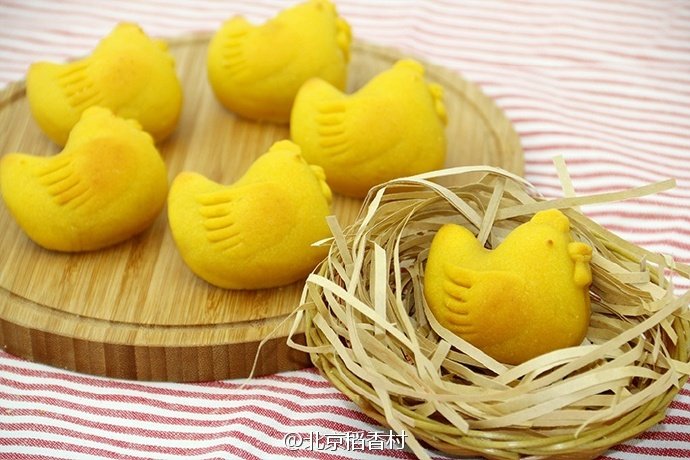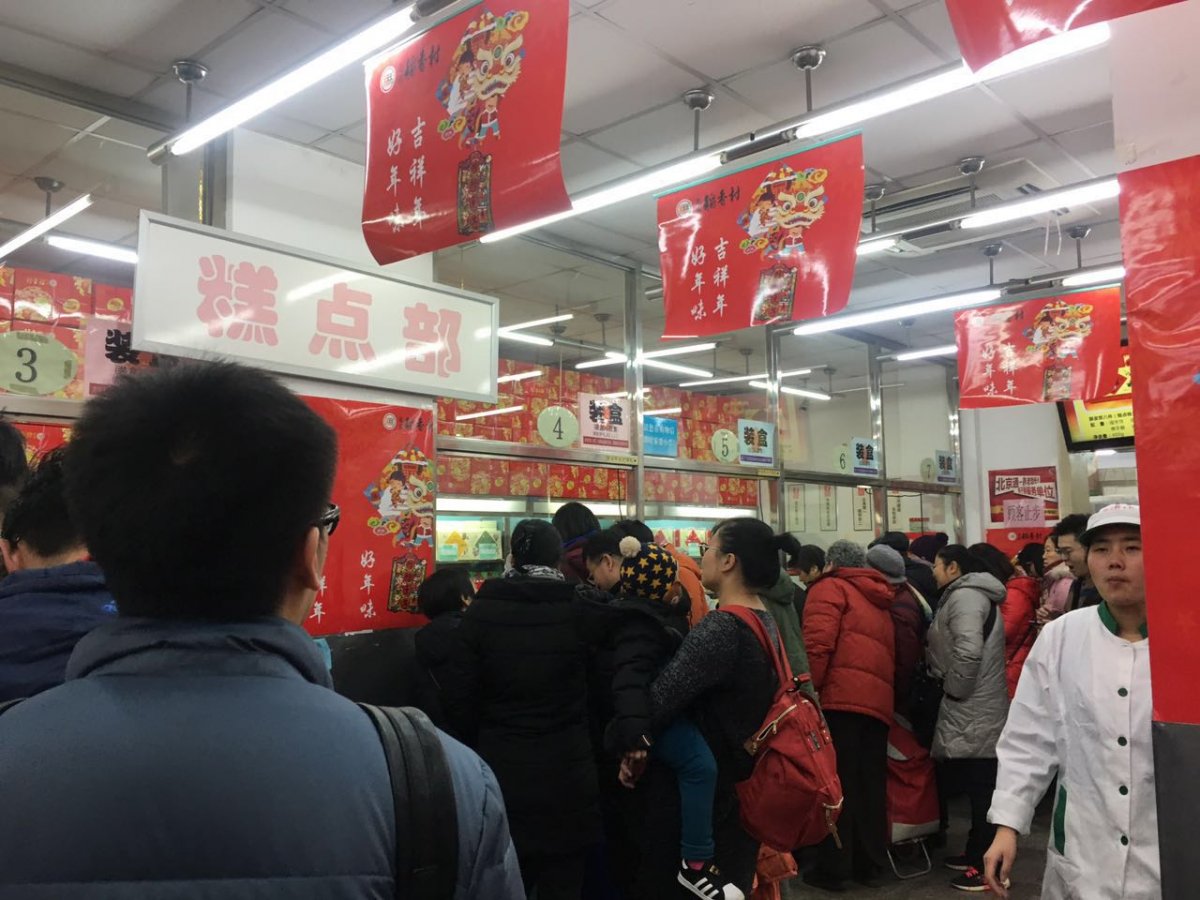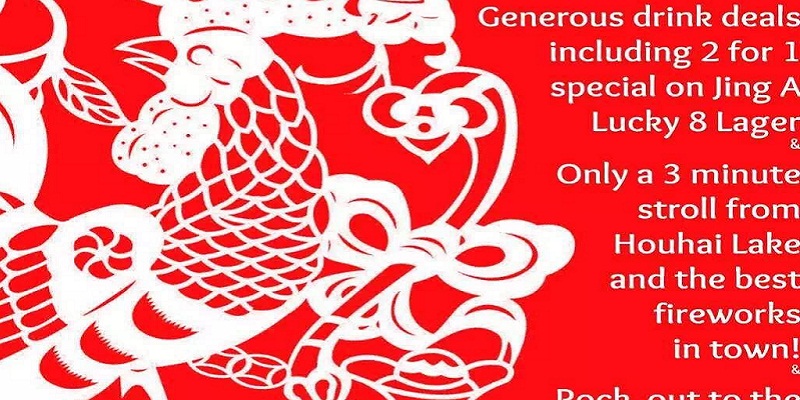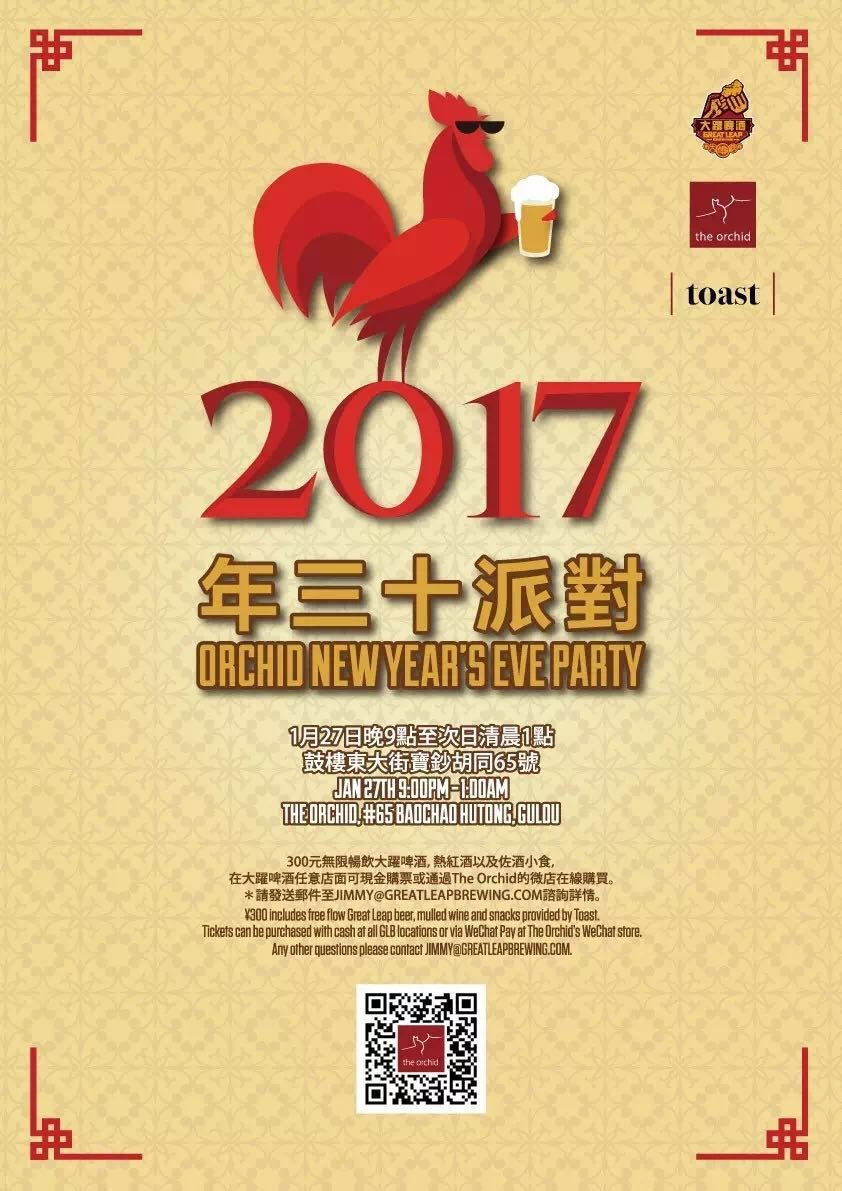One of the most annoying frustrations about life in China when I first moved to Beijing was that electricity needed to be pre-loaded on to our house meter before usage. I understand this is a better control measure than an unending supply that just runs, especially in a city with millions of people who migrate or who want to save money, but inconvenient for many expats, nonetheless.
In the middle of my first winter, the electricity stopped in the middle of the night, and we had no idea what was wrong. Our landlord had initially put electricity on the meter, which we paid her for, but we were clueless about the process of recharging the meter. It’s one of those things that none of your re-settlers know that you don’t know, since they’ve never lived out of China.
RELATED: How to Set Up Alipay As a Foreigner
I don’t know why we were panicked the first time the juice was cut, but we did. We called one of our friends and he got up in the middle of the night to add more money to our meter. As expats from the South in the US, we felt incredibly embarrassed because it’s expected that you “grow up” in our culture. Responsible people can take care of things for themselves, or pull themselves up by “their own bootstraps.” I typically didn’t like to ask for help, and especially not for things I should be able to do on my own.
I was so happy when I learned how to use Alipay to charge money to our electricity, though I did need a friend to help set it up. This prevented almost all further problems not including the instances when the electricity shut off before I had expected, and then in turn shut down our router and internet. Since I didn’t have data on my phone at the time, I had to ride my bike to school to use the internet.
I became obsessed with making sure our electricity was always charged – even getting up in the middle of the night due to anxiety. I didn’t want to be stuck with the electricity off during a time when the neighborhood electricity office was also closed.
After we moved to a different apartment, I continued to utilize Alipay to pay for our electricity. I was really proud of myself for noticing one night that we only had RMB 300 and that I needed to put on enough for the next season. We had a big apartment and guests over often, so I guessed RMB 2,000 would be more than enough to last us for a while.
I added the RMB 2,000 to my account and had put it out of my mind until one night the electricity cut off in the middle of the night. Our guests at the time woke up along with us, and I set up a WIFI hotspot using their phone since I still didn’t have data (I finally do, by the way). I added another RMB 2,000, in a bit of shock that it ran out so fast, and went back to sleep since sometimes the system takes a while to adjust.
When I woke up, the electricity still hadn’t been adjusted. I felt sick to my stomach that so much money had somehow not ended up on our meter.
After some investigation, I remembered I had to make a separate house account on Alipay to pay for my new apartment’s electricity since it was not as easy as simply removing our old apartment from the account.
Our friends stepped in and immediately contacted the electricity company to see what could be done. Essentially, nothing. The money was already charged to the account, and they would need permission from the owners of the meter to take money off.
Our friends then called our landlord, who we thought would be reasonable, as we had separated on peaceful terms. Surprisingly, her response was that it was our fault, and that it’s major trouble for her to give us this money back, but we could go ask the people in the apartment.
Our friends took my husband and went back to the old apartment. No one answered, and we were never able to get in contact with them.
Finally, a bold friend called the electricity company. The woman at the electricity company told us every time she had ever contacted the owners of meters in this sort of case, the party who had come into the money unfairly would usually return the money. They completely understood. The mobile apps are convenient, but accidents happen. She was shocked to hear our landlord refused.
Our bold friend then contacted a lawyer. The lawyer told us that with a fapiao from the electricity company and clearly establishing that this was a former landlord, we should sue the landlord since there was no reason for her to keep this large amount of money from us.
At the pinnacle of the conflict, my bold friend told her he was going to sue her in our name, and she yelled back, “You’ll never get a cent out of me!”
Our circle of friends, all Chinese, were absolutely furious to hear that this was happening in their country and felt that such injustices were not acceptable. They said they thought instances like these contributed to the reason “everyone” dislikes landlords. They called her crooked and a shame. I was just embarrassed and wanted to hide in a hole. If only I had humbled myself to have someone help me with the Alipay, this never would have happened.
Since the old apartment contract was in my husband’s name, he had to go through the process of appearing in court, which was kind of like a bank with judges sitting behind windows. Those with complaints or small cases would take a number and then wait their turn to explain the problem.
The judge who saw my husband and friend said it was a simple case. The landlord clearly needed to return the money. Eventually the judge required her to come in person and then required her to pay for both the accidentally added money and then an additional RMB 2,000 as part of the settlement. She went on a payment plan, which is hilarious, considering she was very wealthy with a mansion in the north.
My misconception of a lawless, scam-filled China was corrected. Admittedly we succeeded because we had awesome Chinese friends willing to bear with us through the process. Of course, there was also the fapiao to prove that it was actually our money, and our landlord couldn’t prove we owed her money (since we didn’t). If anything this process made me realize if I wanted to be self-sufficient in China, I would need to learn to read the language, not just fumble through speaking it.
This post first appeared on our sister websitebeijingkids.
Photo: Flickr





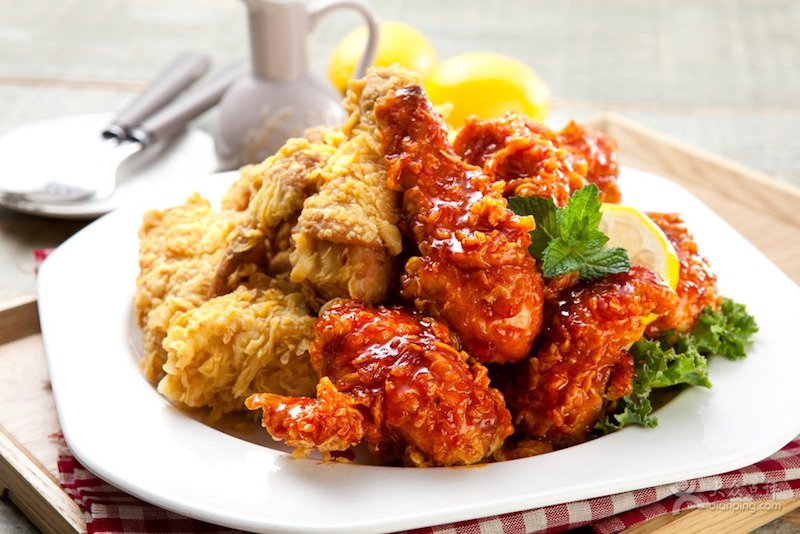


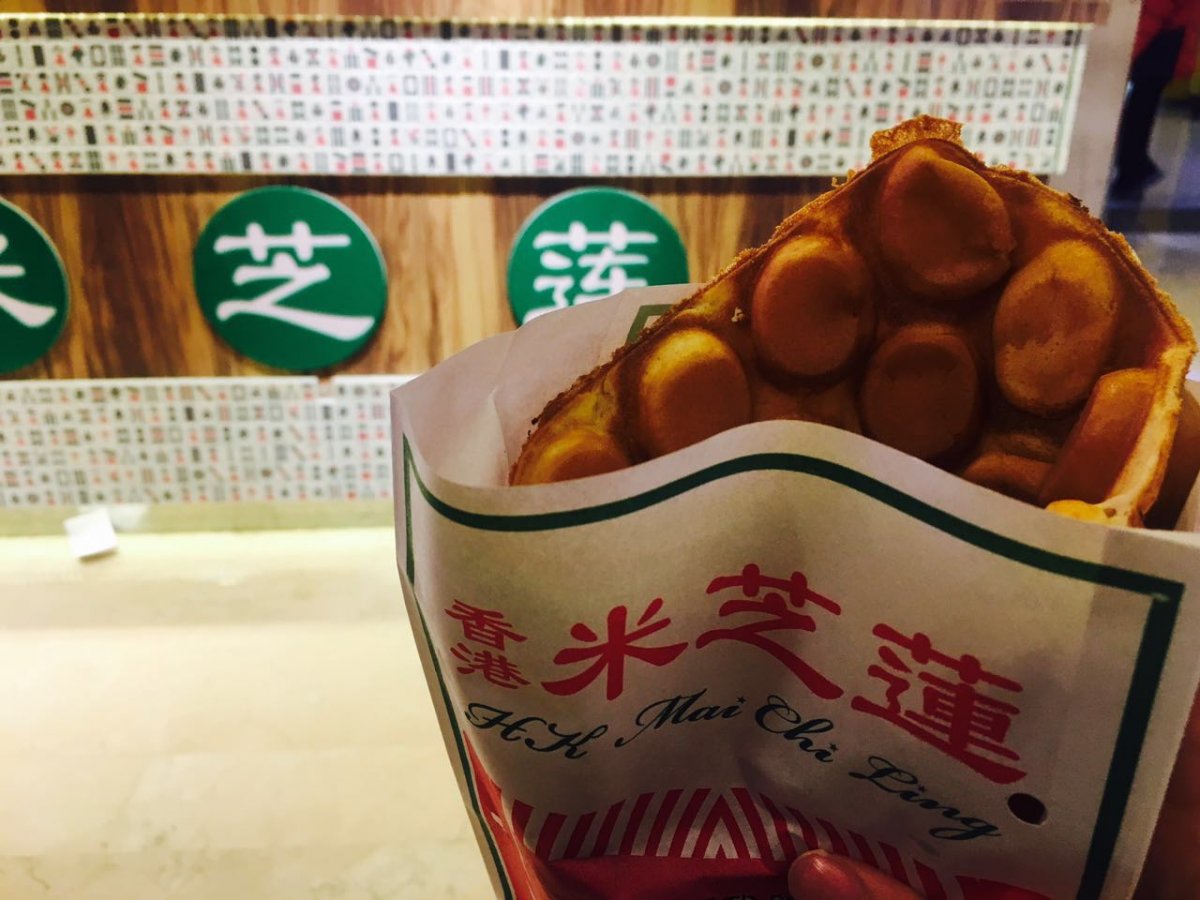







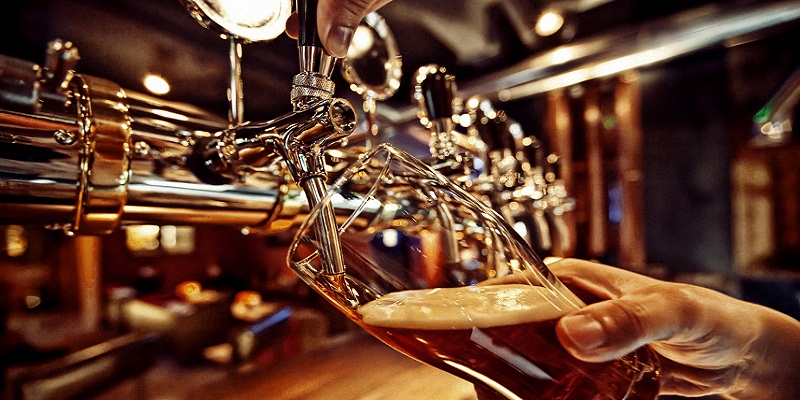















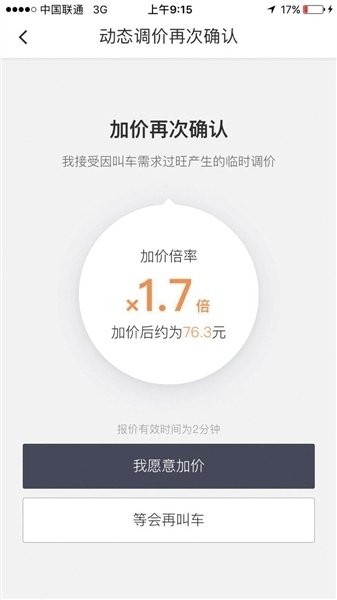



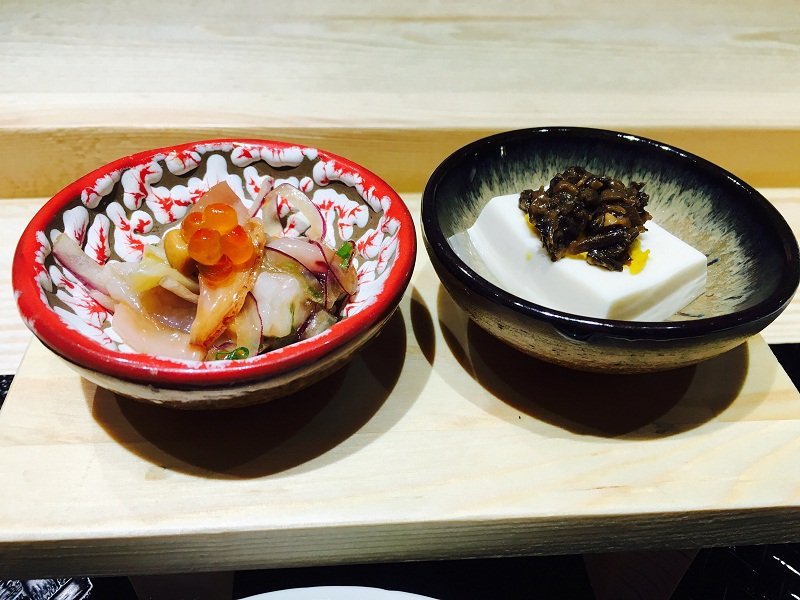
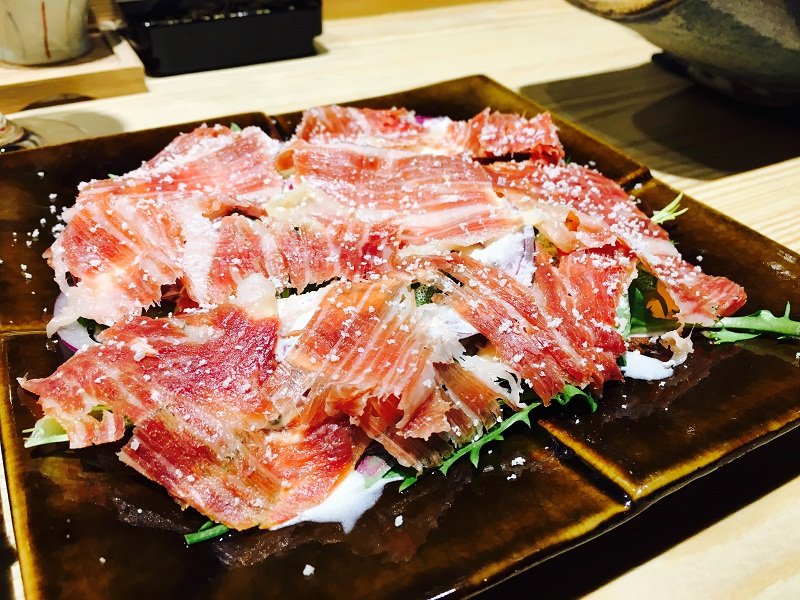
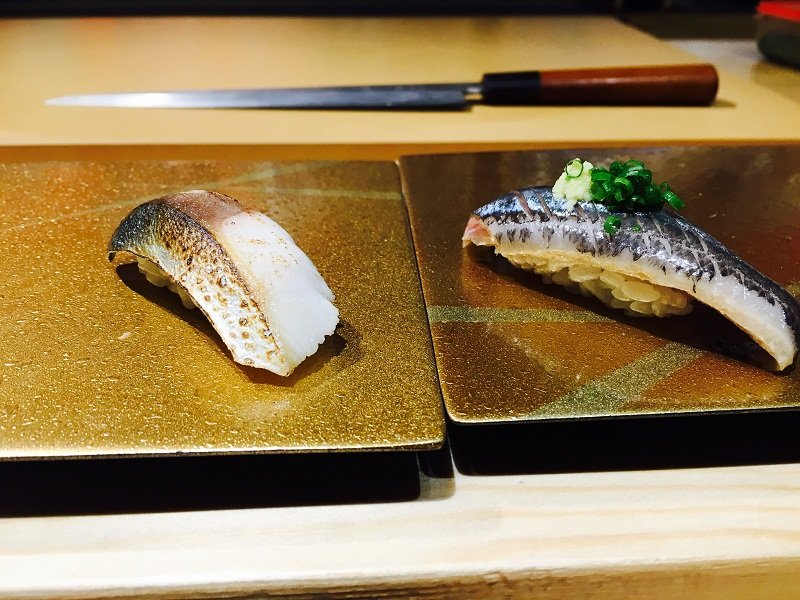 For anyone new to the serious sushi bar experience, it might be a bit overwhelming – your reaction to every single bite is watched by the chef standing in front of you. The sushi here was expertly made with vinegared rice, and we were urged to finish our round of sushi by the strict chef to ensure it was at the perfect temperature. For one second, I felt if we didn’t finish the sushi at the right timing, either the chef would kill himself or we would be cut up for not treating the food in the right way.
For anyone new to the serious sushi bar experience, it might be a bit overwhelming – your reaction to every single bite is watched by the chef standing in front of you. The sushi here was expertly made with vinegared rice, and we were urged to finish our round of sushi by the strict chef to ensure it was at the perfect temperature. For one second, I felt if we didn’t finish the sushi at the right timing, either the chef would kill himself or we would be cut up for not treating the food in the right way. 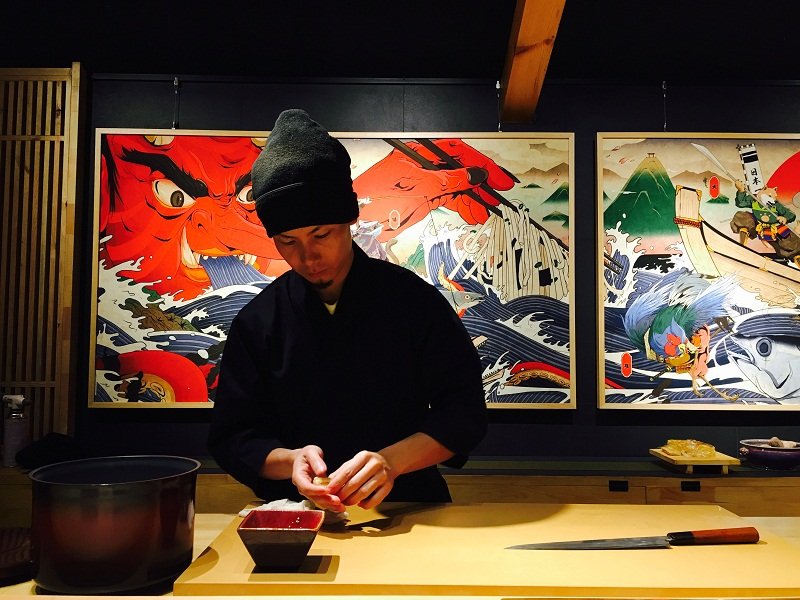
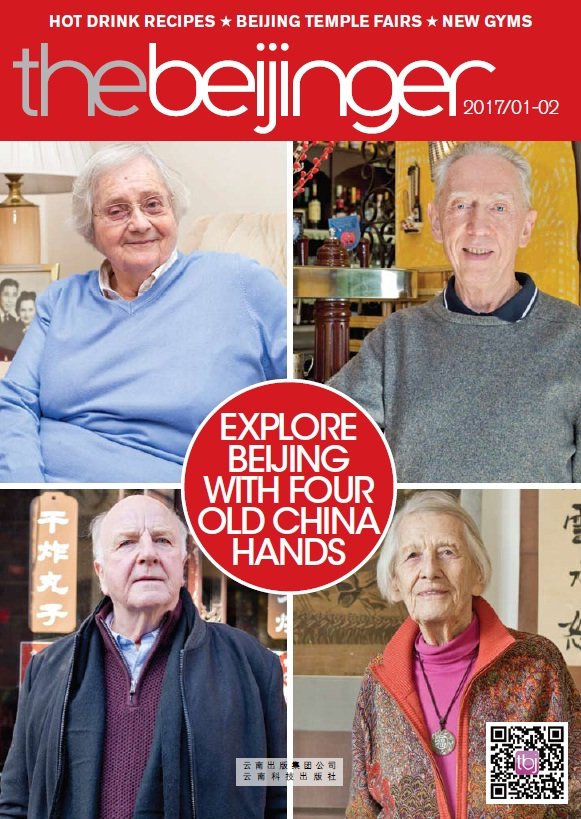



 Tencent’s QQ rolled out its marketing campaign for the Spring Festival this week. From Jan. 20 to 24, users in 369 Chinese cities will be able to collect red packets that have been placed in 4.25 million geographical entry points nationwide. The total red packet amount will hit 250 million RMB.
Tencent’s QQ rolled out its marketing campaign for the Spring Festival this week. From Jan. 20 to 24, users in 369 Chinese cities will be able to collect red packets that have been placed in 4.25 million geographical entry points nationwide. The total red packet amount will hit 250 million RMB.



